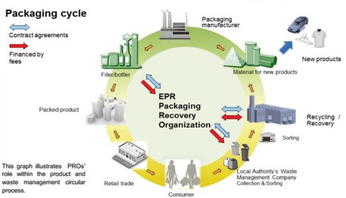Roll to Roll Co-Sputtering: Insight on Power and Control
Presented by David J. Christie, Advanced Energy Industries, Inc.
Magnetron sputtering is used to deposit large scale multi-layer structures on flexible webs for an ever expanding set of applications. Pulsed power is used for reactive deposition of dielectric and semiconducting compounds, enabling deposition processes essentially impossible with direct current (DC). Target arcs are prevented by periodic discharge of insulative films deposited on the target. Reversing anode voltage enables continuous processing. New developments, key solutions, and opportunities are enabled by pulsed power capabilities. A family of pulsed power supplies has been developed specifically for driving dual magnetron sputtering (DMS) processes. In particular, they enable reactive co-sputtering in pulsed DMS systems by providing independent control of power delivered to each magnetron and process measurements specific to each magnetron.
It is possible to configure a sputtering system such that two different target materials are sputtered, with the power to each of the targets controlled independently, as shown in Figure 1. This is referred to as co-sputtering. When co-sputtering is performed in the presence of a reactive gas, it is called reactive co-sputtering. The motivation is creation of controlled mixtures of materials in the film deposited by the process. Reactive co-sputtering is appealing because it can deposit films otherwise unrealizable. It allows, for example, the creation of films with customized or graded indexes of refraction. For example, Al2O3 can be deposited with a refractive index of about 1.6 and TiO2 can be deposited with a refractive index of about 2.4. If a co-sputtering arrangement is configured with one Al target and one Ti target, the ratio of Ti to Al can be controlled by controlling the power to each of the magnetrons. Therefore, in principle, it is possible to “dial” the refractive index anywhere between 1.6 and 2.4.
This post is for paying members only
SubscribeAlready have an account? Log in

